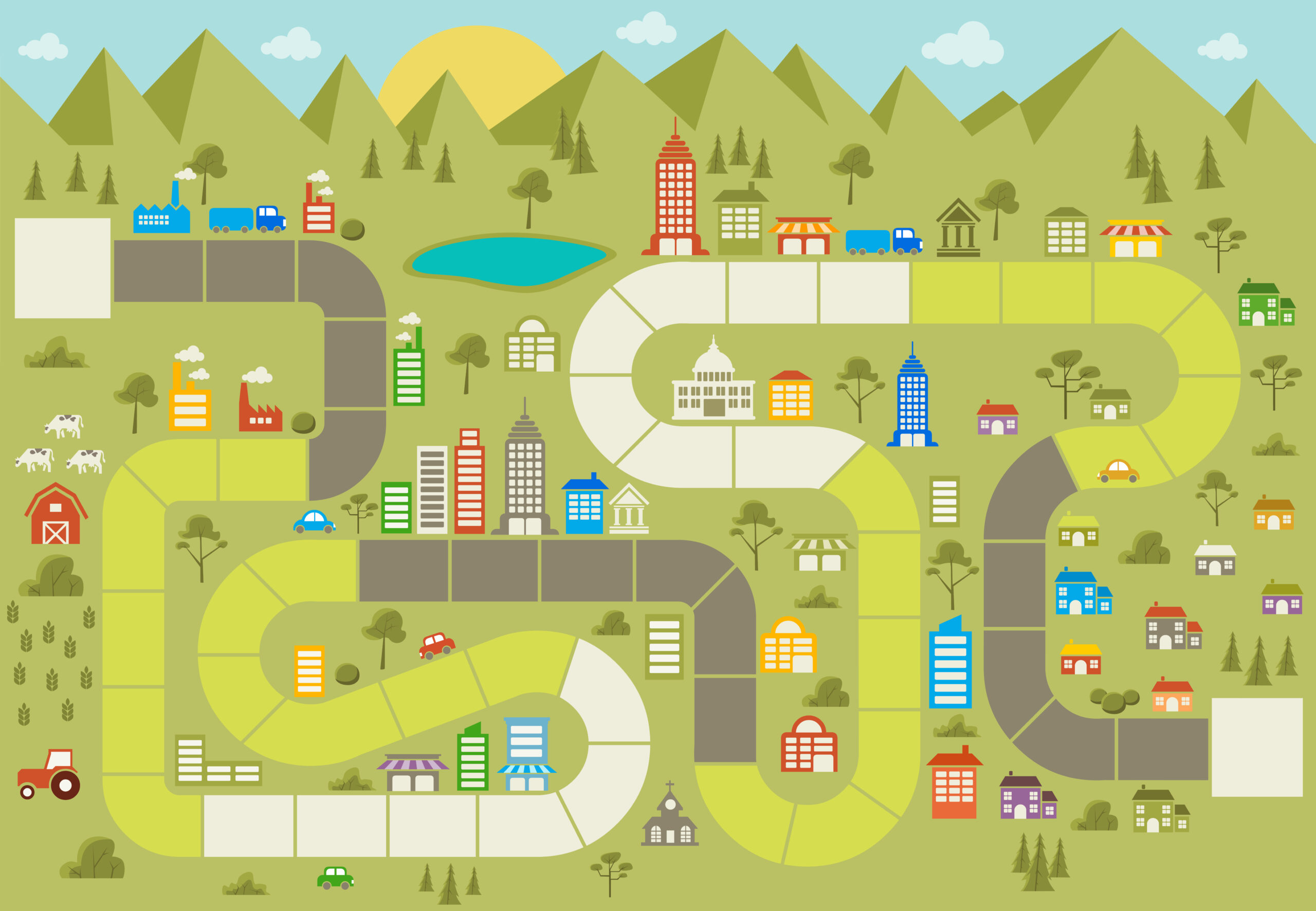Ludodidactics
Theory
Ludodidactics is an approach to design education or any other situation where transfer of knowledge, skills and or attitudes is intended. The name itself covers the two most important domains it is based on:
- Ludo, meaning I play in Latin, refers to play as a natural human behavior that intrinsically leads to learning different skills, but more importantly developing empathy, building social connections and understanding complex dynamic systems. It is a direct reference to “Homo Ludens” (Huizinga, 1938) in which the Dutch historian Huizinga explains that play and playing games are quintessential to culture and human civilization. It also refers to the playful attitude that can exist outside of the magic circle of play or games, but which is an intrinsic part of being creative in any way.
- Didactics, refers to the deliberate form of an educational setting. We can (and do) learn in any situation. That can happen at any moment and it can be anything we learn. What sets education apart is that we create a specific situation in time and space for people to learn in, and most of the time also have specific aims for what they should learn. We use classrooms and books, or schoolyards and paint, music, paper, etc. we set timers and make schedules. We have instructions and exercises. This is all part of the educational design.
Learning Experience
What sets Ludodidactics apart from traditional educational design is that is does not start from educational theory and the content that is chosen, but starts with the learning experience. The aim of a ludodidactic design is to provide a motivating, aesthetic and effective learning experience for the learners.
The design processes, – principles and – tools are adapted from the field of game design, which in turn draws from behavior design, cognitive psychology, interaction design and many other design disciplines. This does not mean that everything that is designed in this way should be a game or gamified experience. We focus on learning, not games.
To design a learning experience as the central notion we use de MDA-model, which was originally developed for designing entertainment games (Hunicke, 2004). In this model a (game-) design is divided into three categories:
M: Mechanics are the smallest and simplest pieces of the design. Because of their simplicity they are comprehensible as single items and can be defined as such. It also means they can be manipulated. A designer can decide to leave a mechanic out of the design, or make it stronger, etc. and last it also means that a single mechanic is too simple to contain any meaning in itself. To get meaning it has to be part of a system (of mechanics).
D: Dynamics are the actions deriving from the forementioned system. When a player or user (or learner) starts to interact with the designed system this dynamic springs into existence. Dynamics represent the players’ behavior.
A: Aesthetics are all feelings, emotions and thoughts that together form the players’ experience. It stands for more than just the sensation of beauty but also frustration, joy, sense of flow, or accomplishment. In short: everything that can be sensed in your head, heart or stomach.
The aesthetic experience is the focus of the ludodidactic design. In many (NOT ALL!) educational designs this Aesthetic can be summarized with the word “boring”. Ludodidactics make great effort to aim for motivating, captivating experiences that stick, and make our learning aims stick as well.

the Epistemic framework theory
Another essential model is the Epistemic framework theory by David W. Shaffer (Shaffer, 2006). This theory explains that every professional group is defined by a shared body of knowledge and skills, but also by a shared value system and identity. In other words: what things are important to this group of professionals and how do they recognize each other, and how are they recognized by outsiders?
Where in education we tend to focus on the skills and knowledge, Ludodidactics points a focus on the value system. To make the learning experience meaningful, the designer looks at what is important (meaningful) to the expert.

design discipline aimed at education and transfer
Ludodidactics is a design discipline aimed at education and transfer. There are even specific designers or design studios that specialize in this approach. However it is also very well possible to implement this approach in your practice as a teacher. Over the past 10 years many teachers have been trained in this approach and have been applying Ludodidactics in their classrooms.
Many of them are teaching creative subjects like visual arts, crafts, music dance or theatre. Others specialized in math, physics or informatics, but also educators from museums, police academies or medical schools, L&D specialists in banks and corporates, the list goes on and on. Most of them were teachers and not trained designers, but are able with some training and the tools to improve their own practice with elements from Ludodidactics. Sometimes it is as small as to start thinking about your next class with the question: “How do I want them to feel?” instead of the traditional: “What do I need them to learn?”.
Ludodidactics is an addition to a professional toolset of the educational designer. It is a way of looking, and a way of working, with a specific toolset. If this way fits your aims depends on many factors. It is not a silver bullet or a magic wand and it is certainly not the next big thing that will make all existing approaches obsolete.
Because Ludodidactics is a design approach, it can be combined with many existing educational theories and visions on education. Especially the constructivist – and constructionist approaches that are common in arts education combine very well with this way of designing.

